-
Rue Plants for Sale at The Growers Exchange
Rue is a short-lived perennial herb with aromatic and medicinal properties. It is a fascinating and versatile plant cherished for centuries for its unique characteristics and uses.
The Growers Exchange offers sustainably grown rue plants ready for transplanting in your garden. We also take pride in helping fellow gardeners by providing free information on planting and caring for herbs. Read on to learn about rue, including its characteristics, uses, and plant care needs.
What Is Rue?
Rue, scientifically known as Ruta graveolens, is a hardy perennial herb from the Rutaceae family. Known for its strong aroma and distinctive appearance, rue has been used historically for medicinal purposes, culinary applications, and as a decorative plant in gardens. It also has a long-standing reputation in folklore and traditional medicine.
Rue is also sometimes called the ruda plant, but it is more frequently referred to by the more common name rue.
Rue’s Appearance and Characteristics
Rue is a compact herb that grows between 2 and 3 feet tall. Its blue-green, feathery leaves are divided into small, rounded segments, giving the plant a delicate and attractive appearance.
In the summer, rue produces small, yellow flowers forming clusters at the stems' tips. Small, round seed capsules follow the flowers.
Rue Origins and History
Rue is native to the Mediterranean region and has been cultivated for thousands of years. It was highly valued in ancient Greece and Rome for its medicinal properties and was often used in religious and ceremonial contexts.
Also known as the "herb of grace," rue was believed to ward off witches and protect against the plague in the Middle Ages. Today, rue is grown in gardens worldwide and appreciated for its historical significance, ornamental value, and diverse uses.
Rue Plant Care: Growing Tips
Rue is relatively easy to grow and maintain, making it a suitable choice for gardeners of all levels. Here are some essential tips for cultivating healthy rue plants.
-
Sun: The rue plant thrives in full sun but can tolerate partial shade.
-
Soil: Rue prefers well-drained, slightly alkaline soil. Plant rue in a location with good air circulation to help prevent fungal diseases.
-
Planting: Space the plants about 18 inches apart for proper growth. Keep in mind that rue does not grow well indoors.
-
Watering: Water when dry to the touch, but be careful not to overwater. Rue can withstand minor drought.
-
Fertilizing: Rue does not require heavy feeding. A light application of compost or a balanced fertilizer in the spring should promote healthy growth.
-
Pruning: Prune rue regularly to maintain its shape and encourage bushier growth. Remove dead or damaged branches to improve air circulation and reduce disease risk. After flowering, trim back the stems to encourage new growth.
-
Pest and Disease Management: Rue is generally resistant to pests due to its strong aroma, which deters many insects. However, it can develop fungal diseases in humid conditions. To minimize disease risk, ensure proper spacing and air circulation and avoid overhead watering.
-
Special Considerations: Take care when handling rue—its oils are phototoxic! Avoid cutting or working with it in the sun, as the combination of essential oils and UV rays can cause photodermatitis.
Uses and Benefits of Rue
Rue is a versatile herb with various applications in the garden, kitchen, and beyond.
Medicinal Uses: Rue has historically been used for its medicinal properties, such as relieving digestive issues, reducing inflammation, and alleviating pain. It has also been included in traditional remedies for its antibacterial and antifungal properties. However, it is essential to consult with a healthcare provider before using rue medicinally, as it can be toxic in large amounts.
Culinary Uses: Rue's bitter leaves can be used sparingly as a seasoning in various dishes, particularly in Mediterranean cuisine. It is often added to salads, meats, and eggs to impart a unique flavor. Due to its strong taste, rue should be used in moderation.
In the Garden: Rue is an excellent companion plant, as its strong scent deters many garden pests, such as aphids, flea beetles, and cabbage moths. Planting rue near susceptible crops can help protect them from insect damage. Additionally, its yellow flowers attract pollinators and beneficial insects, and it's a host plant for swallowtail butterflies.
Ornamental Value: Rue's attractive foliage and bright yellow flowers make it a valuable addition to ornamental gardens. It can be used as a border plant, in herb gardens, or in rock gardens. Its blue-green leaves provide a striking contrast to other plants, adding visual interest to garden beds. Rue is also great for making wreaths.
Folklore: In folklore, rue is associated with protection and purification. It is often used in rituals and ceremonies to ward off negative energy.
Ruda Plant: Where to Buy
If you're interested in planting rue in your garden, turn to The Growers Exchange. We proudly offer sustainably and carefully grown rue plants at our online store. Add to cart and check out, and we'll ship your rue plant to your doorstep. Happy gardening!
-
-
-
Rue Plants for Sale at The Growers Exchange
Rue is a short-lived perennial herb with aromatic and medicinal properties. It is a fascinating and versatile plant cherished for centuries for its unique characteristics and uses.
The Growers Exchange offers sustainably grown rue plants ready for transplanting in your garden. We also take pride in helping fellow gardeners by providing free information on planting and caring for herbs. Read on to learn about rue, including its characteristics, uses, and plant care needs.
What Is Rue?
Rue, scientifically known as Ruta graveolens, is a hardy perennial herb from the Rutaceae family. Known for its strong aroma and distinctive appearance, rue has been used historically for medicinal purposes, culinary applications, and as a decorative plant in gardens. It also has a long-standing reputation in folklore and traditional medicine.
Rue is also sometimes called the ruda plant, but it is more frequently referred to by the more common name rue.
Rue’s Appearance and Characteristics
Rue is a compact herb that grows between 2 and 3 feet tall. Its blue-green, feathery leaves are divided into small, rounded segments, giving the plant a delicate and attractive appearance.
In the summer, rue produces small, yellow flowers forming clusters at the stems' tips. Small, round seed capsules follow the flowers.
Rue Origins and History
Rue is native to the Mediterranean region and has been cultivated for thousands of years. It was highly valued in ancient Greece and Rome for its medicinal properties and was often used in religious and ceremonial contexts.
Also known as the "herb of grace," rue was believed to ward off witches and protect against the plague in the Middle Ages. Today, rue is grown in gardens worldwide and appreciated for its historical significance, ornamental value, and diverse uses.
Rue Plant Care: Growing Tips
Rue is relatively easy to grow and maintain, making it a suitable choice for gardeners of all levels. Here are some essential tips for cultivating healthy rue plants.
-
Sun: The rue plant thrives in full sun but can tolerate partial shade.
-
Soil: Rue prefers well-drained, slightly alkaline soil. Plant rue in a location with good air circulation to help prevent fungal diseases.
-
Planting: Space the plants about 18 inches apart for proper growth. Keep in mind that rue does not grow well indoors.
-
Watering: Water when dry to the touch, but be careful not to overwater. Rue can withstand minor drought.
-
Fertilizing: Rue does not require heavy feeding. A light application of compost or a balanced fertilizer in the spring should promote healthy growth.
-
Pruning: Prune rue regularly to maintain its shape and encourage bushier growth. Remove dead or damaged branches to improve air circulation and reduce disease risk. After flowering, trim back the stems to encourage new growth.
-
Pest and Disease Management: Rue is generally resistant to pests due to its strong aroma, which deters many insects. However, it can develop fungal diseases in humid conditions. To minimize disease risk, ensure proper spacing and air circulation and avoid overhead watering.
-
Special Considerations: Take care when handling rue—its oils are phototoxic! Avoid cutting or working with it in the sun, as the combination of essential oils and UV rays can cause photodermatitis.
Uses and Benefits of Rue
Rue is a versatile herb with various applications in the garden, kitchen, and beyond.
Medicinal Uses: Rue has historically been used for its medicinal properties, such as relieving digestive issues, reducing inflammation, and alleviating pain. It has also been included in traditional remedies for its antibacterial and antifungal properties. However, it is essential to consult with a healthcare provider before using rue medicinally, as it can be toxic in large amounts.
Culinary Uses: Rue's bitter leaves can be used sparingly as a seasoning in various dishes, particularly in Mediterranean cuisine. It is often added to salads, meats, and eggs to impart a unique flavor. Due to its strong taste, rue should be used in moderation.
In the Garden: Rue is an excellent companion plant, as its strong scent deters many garden pests, such as aphids, flea beetles, and cabbage moths. Planting rue near susceptible crops can help protect them from insect damage. Additionally, its yellow flowers attract pollinators and beneficial insects, and it's a host plant for swallowtail butterflies.
Ornamental Value: Rue's attractive foliage and bright yellow flowers make it a valuable addition to ornamental gardens. It can be used as a border plant, in herb gardens, or in rock gardens. Its blue-green leaves provide a striking contrast to other plants, adding visual interest to garden beds. Rue is also great for making wreaths.
Folklore: In folklore, rue is associated with protection and purification. It is often used in rituals and ceremonies to ward off negative energy.
Ruda Plant: Where to Buy
If you're interested in planting rue in your garden, turn to The Growers Exchange. We proudly offer sustainably and carefully grown rue plants at our online store. Add to cart and check out, and we'll ship your rue plant to your doorstep. Happy gardening!

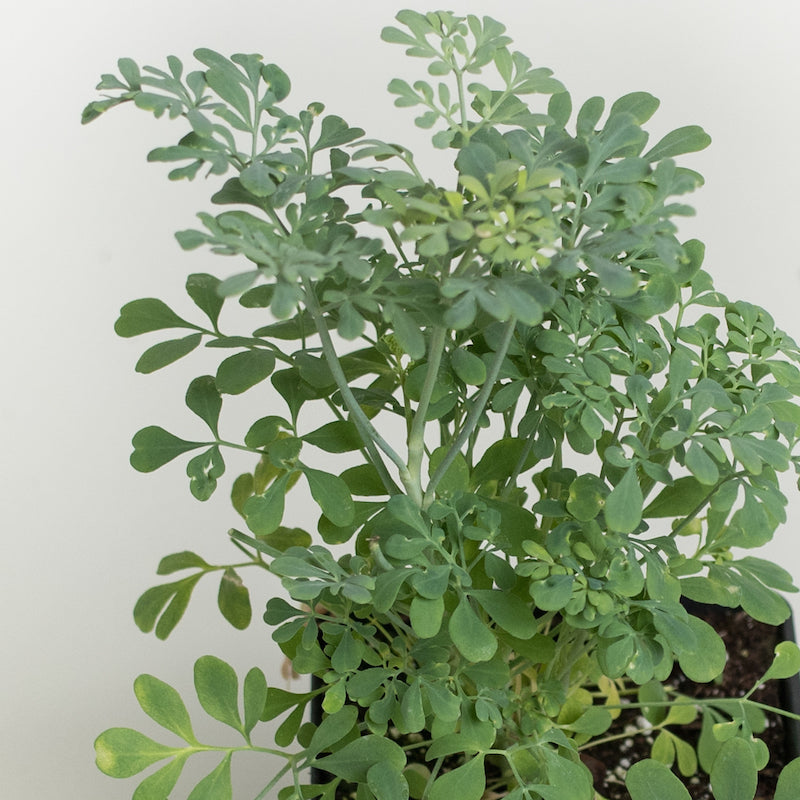

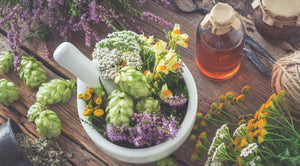

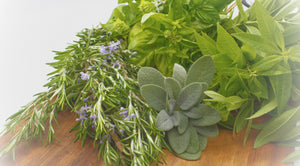
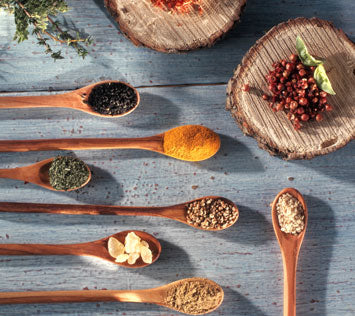


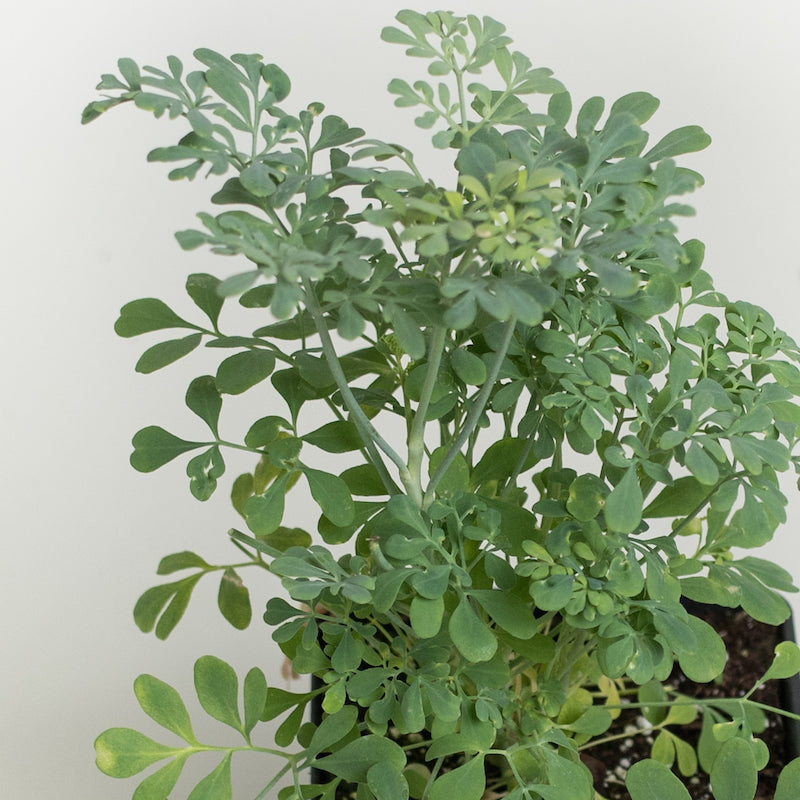



 Culinary
Culinary
 Medicinal
Medicinal
 Deer Resistant
Deer Resistant
 Aroma
Aroma
 Pollinator
Pollinator
 Cut
Cut
 Butterfly
Butterfly
 Drought
Drought
 Rare
Rare